It’s a big day for Acer, which kicked off its Next@Acer event with its typical onslaught of new products. This year is no different. The Taiwanese laptop maker opened the flood gates and out poured a wide range of new gadgets, from premium Chromebooks to powerful PC gaming rigs.
I’ll touch on most of the new products in this post and highlight the ones you’ll actually care about, including the Chromebook Spin 714, Swift 3, and Predator Helios 300 SpatialLabs Edition. If there is a thread connecting these latest releases, it’s the latest components from Intel, AMD, and Nvidia. At the very least, the additional performance you get out of these new chips should make you hold off on buying a laptop until these arrive in the next few months.
Acer Chromebook Spin 714
Yes, I’m starting with a Chromebook. Not just any Chromebook, though. This is in the same family as arguably the best Chromebook you can buy today: the Spin 713. For the better, the Spin 714 is what you get when you’re desperately trying not to disrupt something delicate — a refresh of the expertly balanced Spin 713.
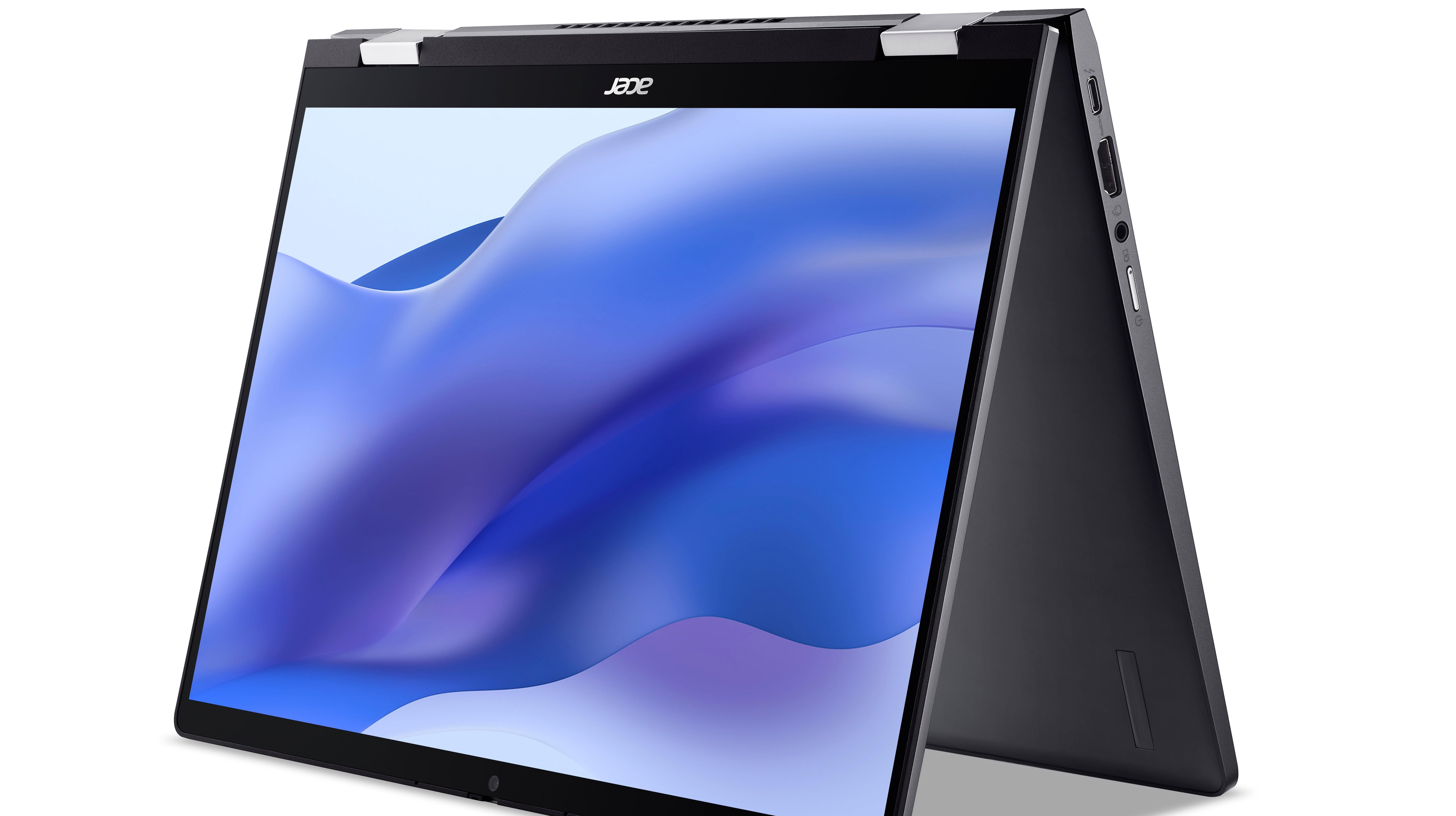
The Spin 714 now comes with 12th Gen Intel Core processors, up to a Core i7, which deliver 20% performance gains over the previous generation. I’ll take the extra horsepower, even if the Spin 714 was already lapping the rest of the Chromebook field. Acer is rating the battery life at 10 hours and you’ll get four hours of use from a 30-minute charge. The laptop weighs 1 kg and is 0.71 inches tall — numbers that put it in the more portable range for 14-inch laptops.
The Chromebook Spin 713 has a pretty 13.5-inch display and the Spin 714 ups the bar with two high-res display options: 2560 x 1600 (WQXGA) or 1920 x 1200 (WUXGA). Acer says these 16:10 panels cover 100% of the sRGB colour gamut and are coated in antimicrobial Gorilla Glass.

I’m thrilled to see the webcam getting an upgrade to 1080p, and Acer throws in temporal noise reduction technology and a dual-mic array. Before I get too excited, none of this means the webcam will take good photos or videos, but it does raise the theoretical ceiling.
It’s just one of several convenience features, which include a stylus garage on the front edge, a backlit keyboard, Wi-Fi 6E and Bluetooth 5.2 support, an optional fingerprint sensor, and a decent range of ports that include Thunderbolt 4 inputs and an HDMI.
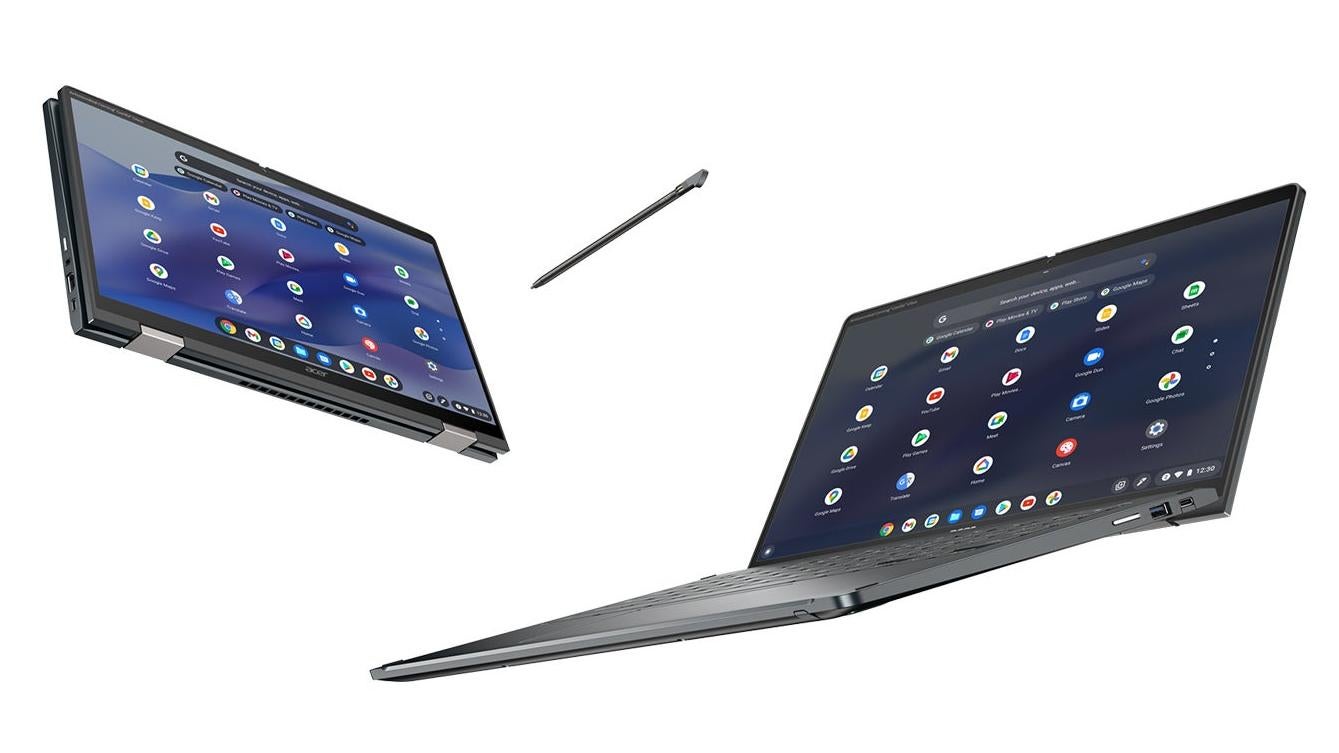
The Acer Chromebook Spin 714 will be available in North America in August at a starting price of $US749 ($1,040). If you prefer a tablet, Acer also revealed the Chromebook Tab 510, a 10.1-inch slate running on a Snapdragon 7c chip.
Acer Swift 3
You know those LG OLED TVs you want to rewatch your old movies on? Well, they are now a staple on flagship laptops. Acer is joining the fun with the Swift 3, an ultra-portable notebook with a 14-inch, 2880 x 1800-pixel OLED display with a 16:10 aspect ratio.

I can already tell you that the screen will be vivid, detailed, and deliver perfect black levels. What it does to battery life is a bigger mystery, though Acer rates the endurance of this system at a solid 10 hours (take that with a grain of salt).
There isn’t too much else going on with the Swift. Like those before it, this year’s model has a straightforward design with discrete branding and sloping edges. The aluminium chassis, which features a fingerprint sensor on the power button, weighs 1 kg and comes in either silver or gold. When you need to connect peripherals, the Swift 3 has two Thunderbolt 4 ports, an HDMI, a USB-A input, and a headphone/mic jack.
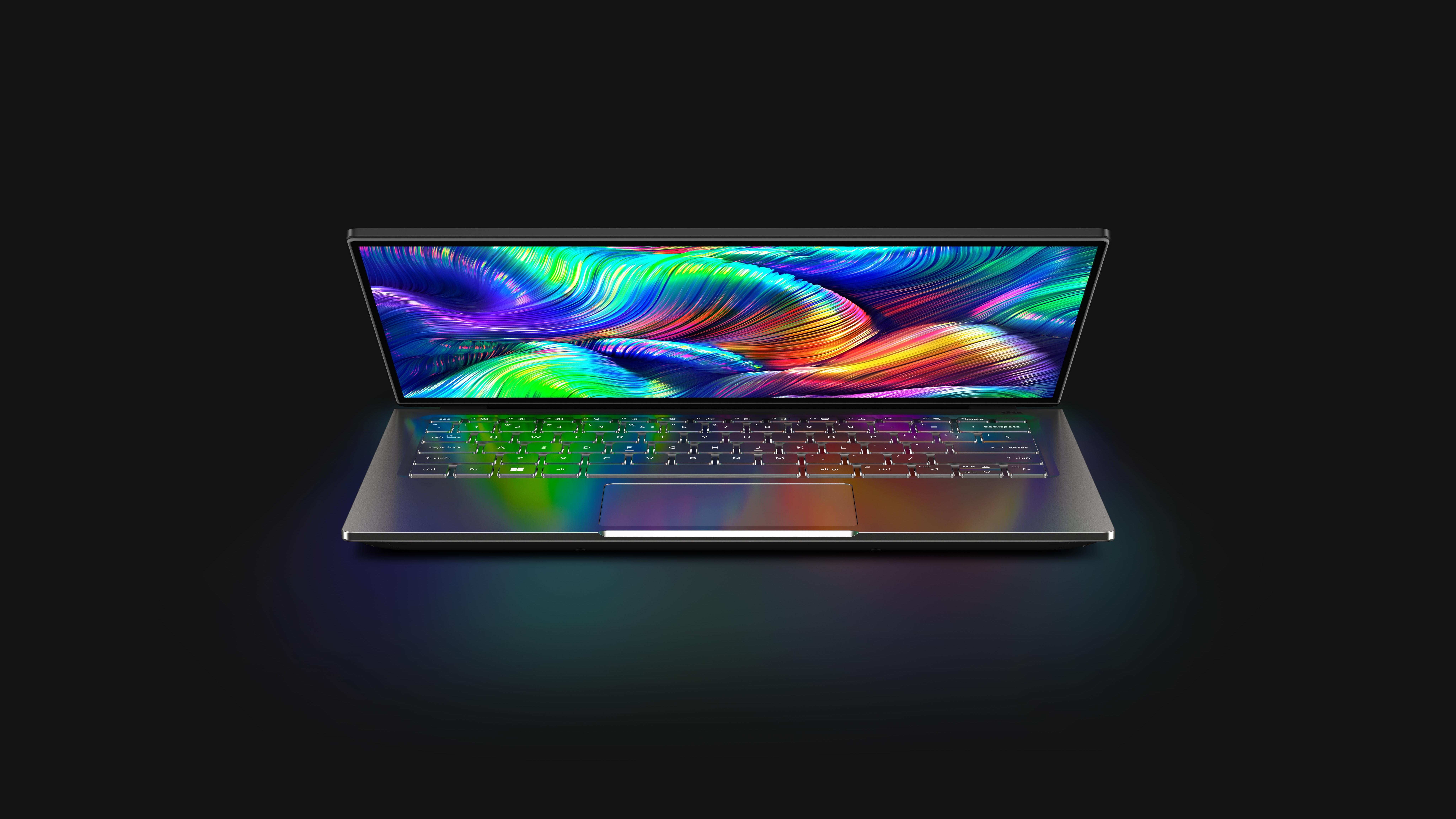
On the inside is up to a 12th Gen Intel Core i7 CPU paired with 16GB of RAM and up to 1TB PCIe NVMe SSD. You don’t get much in the way of graphics performance besides your standard integrated Iris Xe.
It’s not the most exciting laptop in this segment, but with an $US899 ($1,248) starting price, the Swift 3 OLED could be competitive when it arrives next month. If you want a convertible laptop, Acer also updated the Spin 5 and Spin 3 with Intel 12th Gen processors.
Predator Helios 300 SpatialLabs Edition
Time to talk gaming. I’ll start with the strangest laptop revealed today: the Predator Helios 300 SpatialLabs Edition. Yes, that’s the actual name. The most notable element here is glasses-free stereoscopic 3D accessed through the SpacialLabs TrueGame application. I thought 3D died years ago but there are apparently more than 50 games supported at launch. Among the titles that Acer shared with press, you’ll find some big names like Forza Horizon 5, God of War, and The Witcher 3: Wild Hunt.
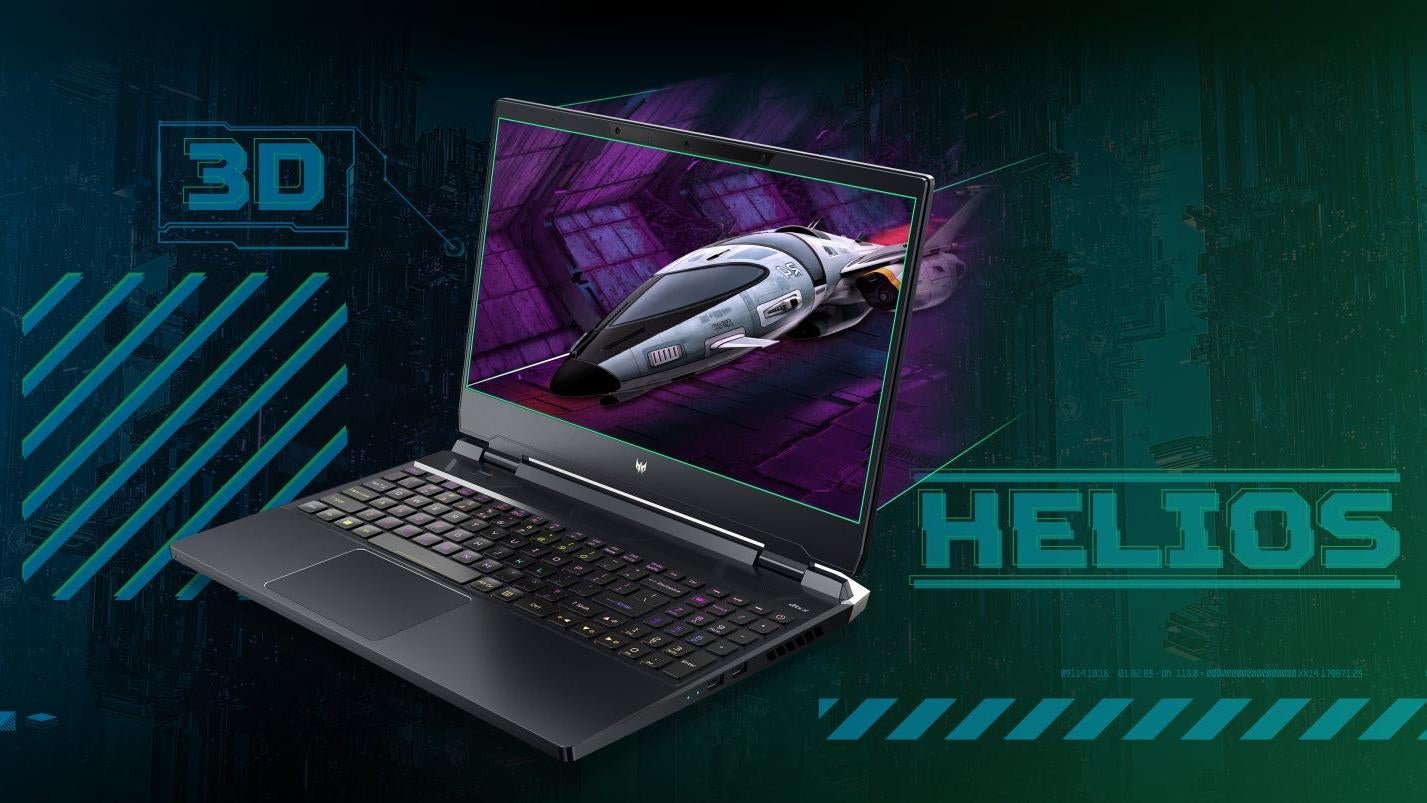
I haven’t seen Acer’s stereoscopic 3D but just reading those words takes me back to the start of the last decade when stereoscopic 3D was an expensive gimmick found on luxury laptops like the Dell XPS 17 3D or Toshiba Qosmio X775. This modern take spares us by ditching the glasses.
When Acer first revealed this tech on its ConceptD notebooks, it claimed 3D could give folks working in CAD a more lifelike preview of a product before it was rendered. It’s supposedly already being used for car configurations in showrooms and by architects showing off home designs. Now Acer is claiming it brings another level of immersion to video games, adding layers to objects and depth to rooms.

“We’re excited to add a new dimension to gaming with the Predator Helios 300 SpatialLabs Edition, enabling industry-leading glasses-free stereoscopic 3D gaming,” said Jerry Kao, Co-COO at Acer “By integrating our SpatialLabs technology with our Predator gaming laptops, we hope to create a new category of immersive gaming experiences.”
How does it work? The 3D tech combines eye-tracking with a stereoscopic 3D display and real-time rendering. As such, the Helios 300’s 15.6-inch, 4K panel has a liquid crystal lenticular lens bonded on top to form a module that can switch between 2D and stereoscopic 3D views. I’ll believe it when I see it.
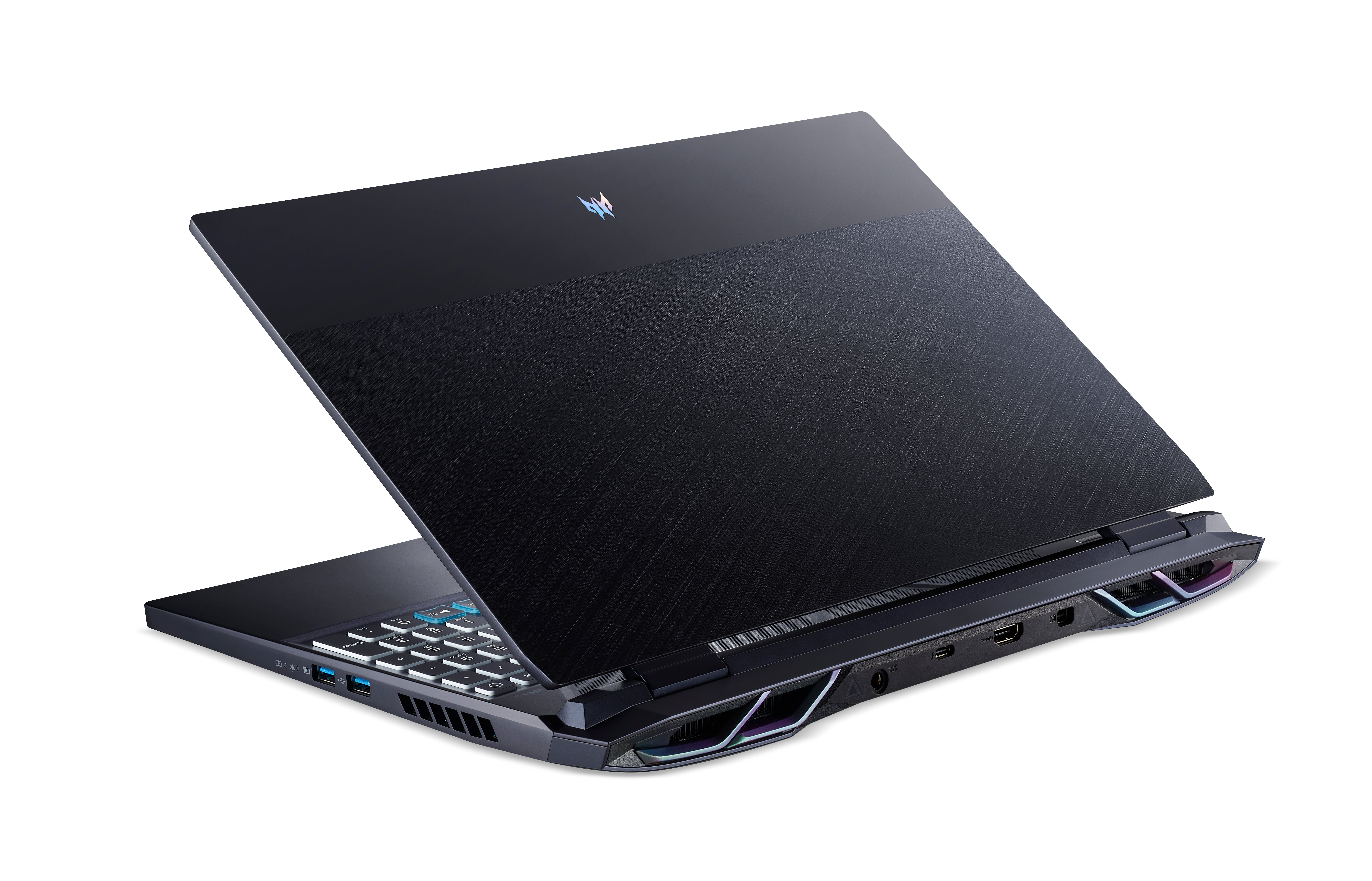
Acer spared no expense with the Helios’ internals, offering up to a 12th Gen Intel Core i9 CPU paired with an Nvidia GeForce RTX 3080 GPU, 32GB of DDR-4800 RAM, and 2TB of storage.
Let’s hope the 3D stuff works because Acer is charging a fortune for this specific model, which will go on sale in early Q4 for $US3,399 ($4,718).
Predator Triton 300 SE
I won’t go too deep on the Triton 300 SE because my editor has a full-blown hands-on piece coming soon.
As an overview, the Triton 300 SE will be available in 14-inch and 16-inch models, each with its own display options. Going for the smaller version gives you a wonderful 14-inch, 2800 x 1800 OLED option for the best viewing experience. You could also save some cash and go with a 2560 x 1600-pixel IPS panel at 165Hz with 500 nits of brightness or a 1920 x 1200 IPS display with 400 nits.

If you opt for the larger model, you can choose between a 16-inch, 2560 x 1600 IPS display with a 240Hz refresh rate or a 1920 x 1200-pixel screen at 165Hz. The former is a good option for competitive gamers who play fast-paced games like first-person shooters, while the cheaper panel with a lower refresh rate will be fine for just about everyone else.
The Triton 300 SE is a handsome laptop with a simple design devoid of the gimmicks on older gaming laptops that we so often used to criticise. If I’m nitpicking, I wish the keyboard were per-key backlit rather than four-zone and the fingerprint sensor being embedded in the top-left corner of the touchpad is a miss.
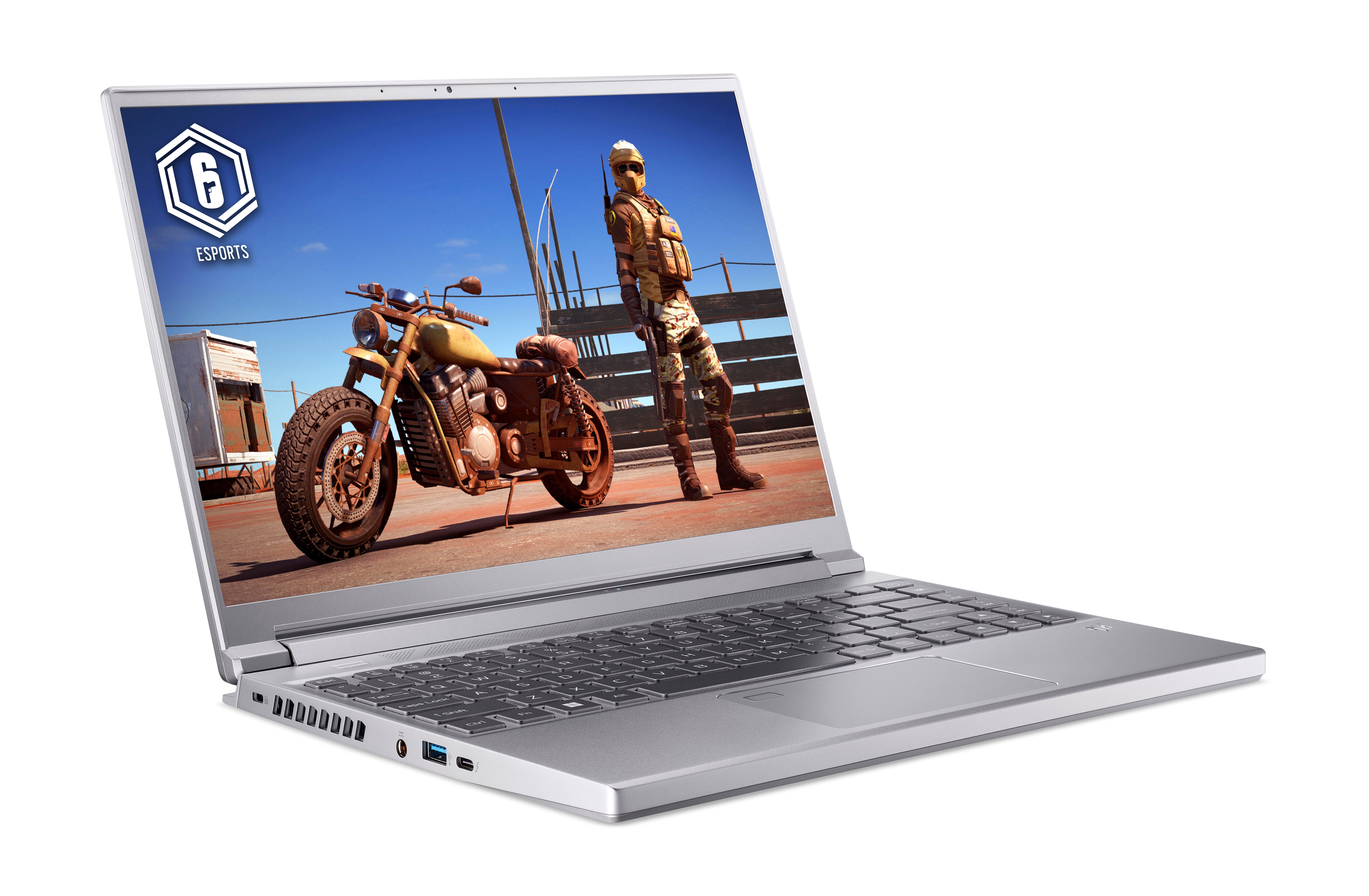
The specs Acer provided have me scratching my head because the smaller 14-inch version can be equipped with a 12th Gen Intel Core i9-12900H while the 16-inch version goes up to a Core i7-12700H. The 16 makes up for the CPU blip with a GeForce RTX 3070 Ti GPU whereas the 14 stops at an RTX 3060. Both systems can be equipped with up to 32GB of RAM while the 16-inch model gets double the storage at 2TB.
The 14-inch Predator Triton 300 SE will be available in July starting at $US1,599 ($2,220) while the 16-inch model will start at $US1,749 ($2,428).
Editor’s Note: Release dates within this article are based in the U.S., but will be updated with local Australian dates as soon as we know more.
